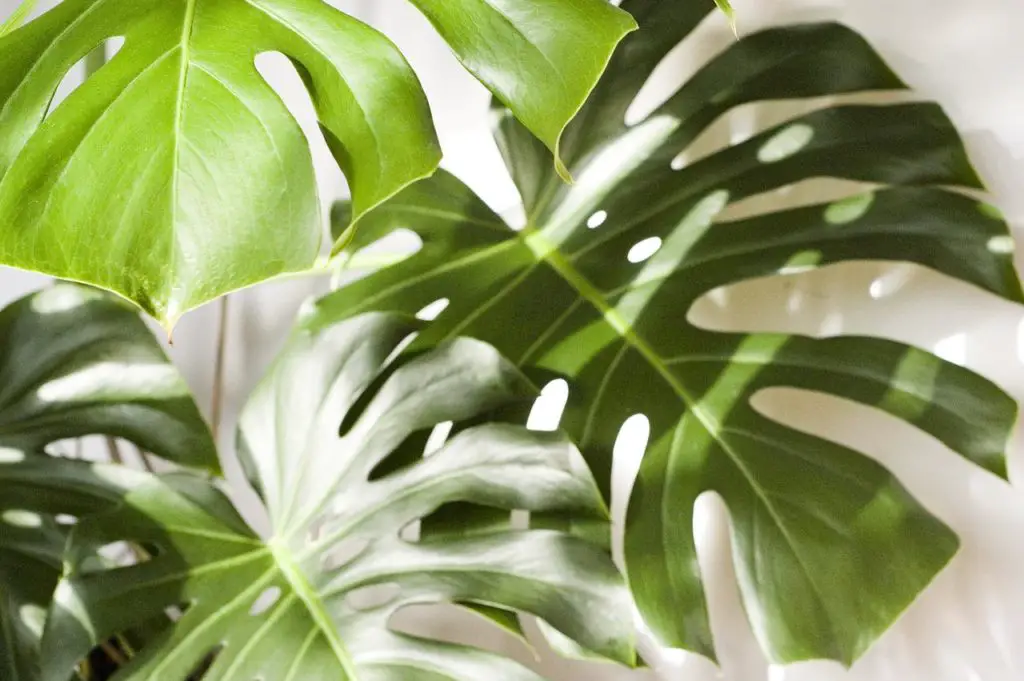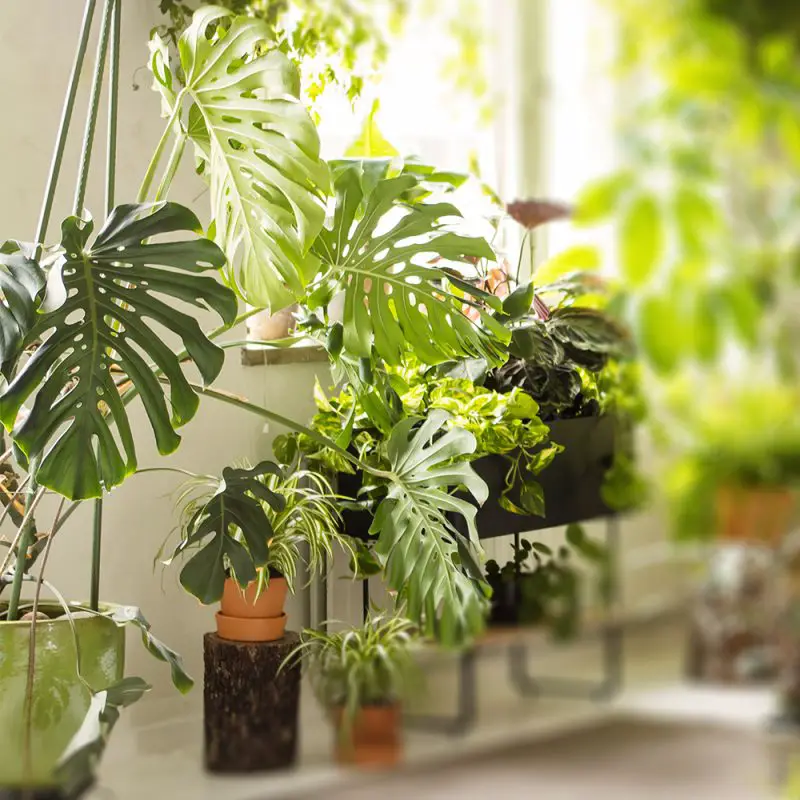Do you have a Monstera plant that you’re struggling to keep alive? Or are you thinking of getting one, but don’t know where to start? This blog post will help you pick the perfect pot for your Monstera, as well as provide some tips on how to care for it.
Monsteras are a type of tropical plant that originates from Central and South America. They’re known for their large, glossy leaves, and can grow up to 20 feet tall in the wild. While they’re notoriously difficult to care for, with the right pot and some TLC, your Monstera can thrive indoors. Here’s what you need to know:

Picking the Perfect Pot for Your Monstera
The first thing you need to consider when picking a pot for your Monstera is the size of the pot. The pot should be big enough to accommodate the roots of the plant, but not so big that the plant becomes rootbound. If the plant is rootbound, it will stop growing and start to decline.
To determine the right size pot for your Monstera, start by looking at the roots. If the roots are tightly packed together, then you need a bigger pot. If the roots are loose and have plenty of space to grow, then you can keep the plant in its current pot.
Remember, Monsteras like to climb, so you’ll also want to pick a pot that is tall enough to accommodate future growth. A general rule of thumb is to choose a pot that is 1-2 times the height of the plant.
The Right Material.
The next thing you need to consider when picking a pot for your Monstera is material. The most common materials used for pots are plastic, ceramic, and terracotta.
Plastic pots are lightweight and inexpensive, but they can break easily and may not last as long as ceramic or terracotta pots. Ceramic pots are heavier than plastic pots, but they’re also more durable and stylish. Terracotta pots are made from natural clay, making them eco-friendly and biodegradable. They’re also very porous, which means they help aerate roots and prevent overwatering.
When it comes to material, it’s really up to personal preference. Just make sure you choose a material that is durable and will last for years to come.
The Right Drainage
One of the most important things to consider when picking a pot for your Monstera is drainage. This tropical plant hates soggy soil, so it’s important that you choose a pot with drainage holes in the bottom. Otherwise, your plant will become waterlogged and start to rot.
To ensure proper drainage, always use a well-draining potting mix and make sure there are holes in the bottom of your chosen container. You can also add rocks or gravel to the bottom of the pot to help with drainage.
Caring for Your Monstera
Your Monstera will need to be watered about once a week, or when the soil is dry to the touch. Be sure to use lukewarm water, as cold water can shock the plant. Allow the water to soak through the pot and drain out the bottom; do not let your plant sit in water.
Fertilizing.
Fertilize your Monstera every two weeks during the growing season (spring and summer), using a balanced fertilizer diluted to half-strength. In fall and winter, fertilize monthly.
Pruning.
Prune your Monstera as needed to remove damaged or diseased leaves, or to shape the plant.

Monstera Varieties
The most well-known variety of Monstera, the Monstera deliciosa is a large climbing plant that originates from the tropical rainforests of Central and South America. Its leaves are deeply lobed with distinctive holes or fenestrations, which give it its nickname, the Swiss cheese plant. The Monstera deliciosa can grow to be 20 feet tall in its natural habitat, but when grown indoors, it usually maxes out at around 6-8 feet.
Monstera adansonii
Also known as the mini monstera or philodendron adansonii, this is a smaller, more compact variety of Monstera that is native to Africa and grows as an epiphyte in rainforests. It has much smaller leaves than the M. deliciosa, and its leaf shape is more variable – some leaves may be deeply lobed while others are almost entire. The M. adansonii is a vining plant that can reach up to 10 feet in length, although it is often much shorter when grown indoors.
Monstera obliqua
The third most common variety of Monstera, M. oblique is native to Panama and Colombia where it grows as an epiphytic climber in humid rainforests at elevations up to 3,000 feet. It has small, oval-shaped leaves with deep lobes that give them a ruffled appearance. Unlike the other two varieties, the M. oblique most often has variegated leaves with patches of white or cream on them. It typically only reaches lengths of 6-8 feet when grown indoors.”

Conclusion
Picking the perfect pot for your Monstera is important for the plant’s health and growth. The right size, material, and drainage are key factors to consider. Caring for your Monstera includes watering, fertilizing, and pruning. There are many different varieties of Monstera, each with its own unique features. When choosing a pot for your Monstera, be sure to take all of these factors into consideration.
